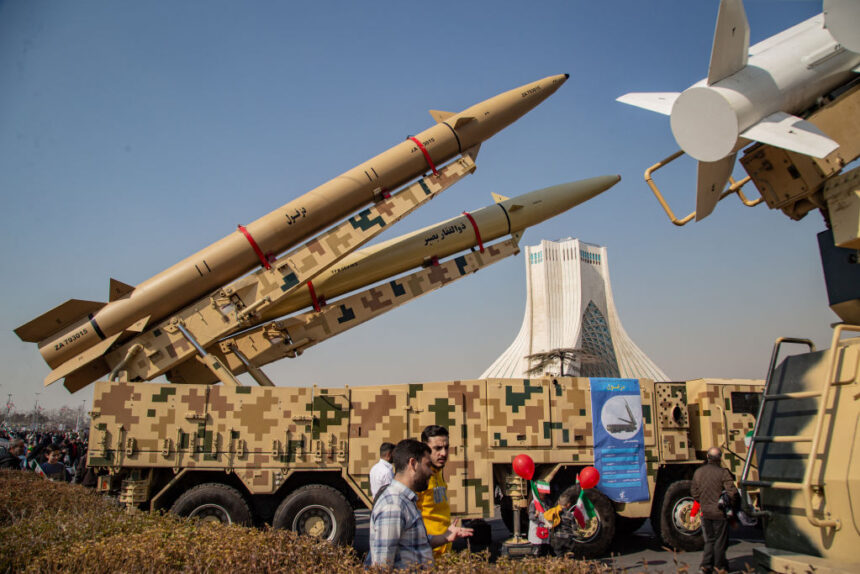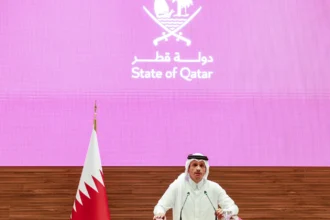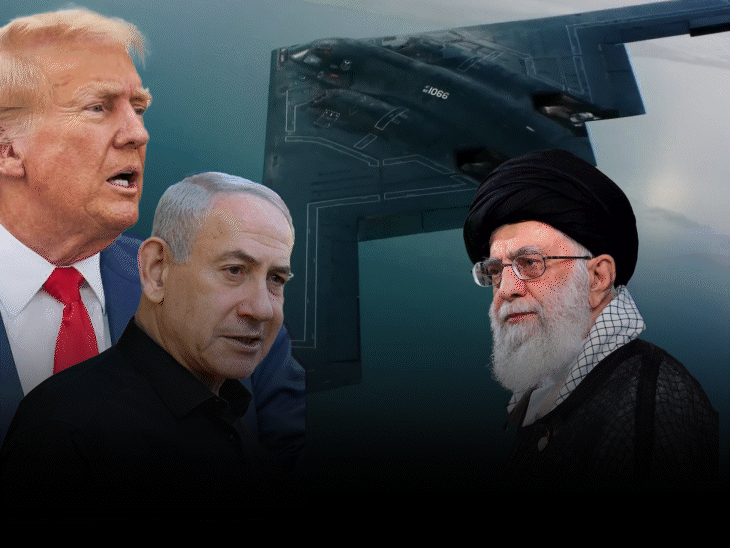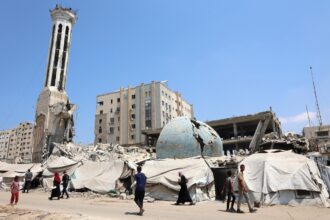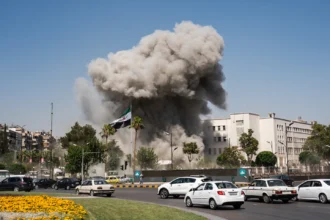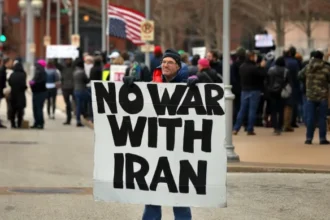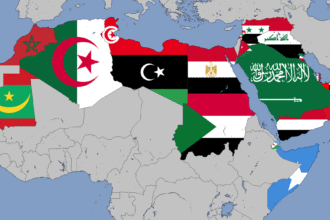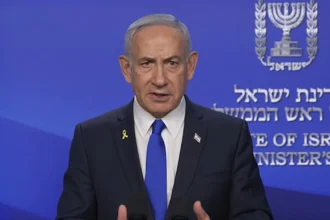As the Iran-Israel conflict continues to unfold in 2025, military analysts and defense observers are closely watching Iran’s missile activity—and asking a critical question: Is Iran running out of missiles, or is it intentionally using older systems to exhaust Israel’s defenses?
Iran’s Missile Arsenal: Not Depleted Yet
Iran reportedly maintains the largest missile arsenal in the Middle East, with over 3,000 ballistic missiles, cruise missiles, and artillery rockets. Despite launching hundreds of missiles at Israel in recent months, including large-scale attacks in April and October 2024, there is no evidence that Iran has depleted its core stockpile.
Instead, many believe Iran is using a tiered approach:
- Deploying older, less-advanced missiles first—such as Fateh-110s, Qiams, and aging Shahabs.
- Testing Israel’s air defenses like Iron Dome, Arrow, and David’s Sling by overwhelming them with volume.
- Saving newer, more advanced missiles (e.g., Khorramshahr-2, Emad, and Fattah hypersonics) for precision strikes or escalation phases.
This strategy allows Iran to conserve its modern systems while still projecting force and keeping Israeli defense systems under constant pressure.
Strategic Objectives
Using outdated or surplus missiles isn’t necessarily a sign of weakness—it’s a form of asymmetric warfare. By flooding Israel’s air defense grid with large numbers of missiles, even lower-quality ones, Iran can:
- Drain interceptor stockpiles, which are costly and limited.
- Force psychological pressure by triggering constant alarms and partial damage.
- Test the limits of radar systems and response times for future assaults.
Meanwhile, newer missiles are likely held back for high-value targets or if a full-scale war erupts.
What Israel Is Facing
Israel has successfully intercepted many of Iran’s missiles—but at a cost. Each Arrow-3 interceptor can cost millions of dollars, and replenishing these systems takes time and coordination with allies like the U.S.
Iran’s current method of engagement is cost-effective and sustained, especially if it can continue producing older models in bulk or tapping into underground reserves.
Final Thought
Iran is likely not out of missiles, but rather executing a calculated strategy. By using older missile stockpiles against Israel, Tehran is attempting to exhaust Israeli air defense systems, gather data on response capabilities, and reserve its modern arsenal for decisive strikes. It’s a war of attrition—and one that’s being fought as much with psychology and economics as with firepower.

